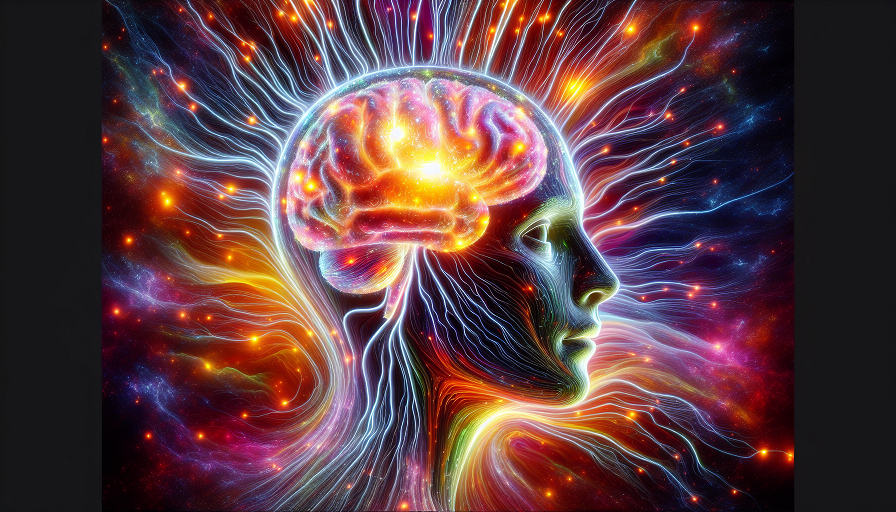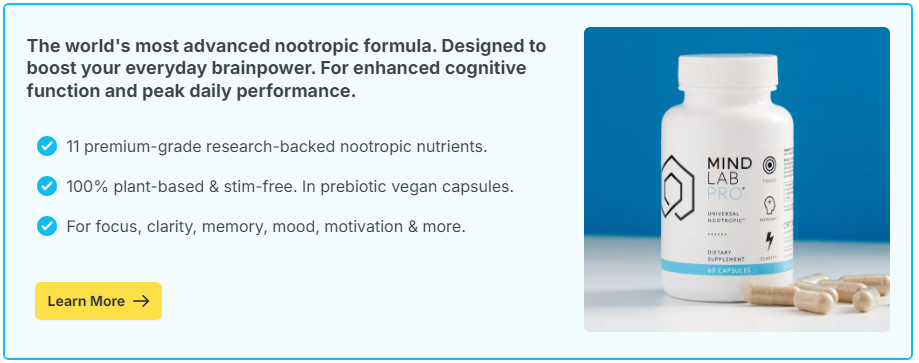
You’re stuck. You’ve tried every angle, sketched every sketch, rewritten the sentence a dozen times—and still, nothing. That idea you’re reaching for stays just out of grasp. The frustration builds, and with it, the temptation to give up or walk away. But hold on a moment longer—your brain might be right on the edge of a breakthrough.
Frustration feels like failure, but neurologically, it’s something else entirely. It’s a sign that your brain is wrestling with a problem in a meaningful way. Far from being the enemy of creativity, frustration is often the catalyst for novel ideas. When managed well, it becomes a force that drives mental flexibility, innovation, and unexpected solutions.
Contents
Why Frustration Feels So Intense
Frustration arises when your brain expects progress but encounters resistance. It’s cognitive dissonance: your desired outcome and your actual results are out of sync. The anterior cingulate cortex (ACC), a region that monitors errors and conflict, lights up. Your limbic system flags the situation as emotionally significant. And boom—discomfort sets in.
This discomfort is useful. It’s a biological signal that something important isn’t working—and that it’s worth your attention. Frustration says, “Keep going. Reevaluate. There’s something here.”
What Happens in the Brain During Frustration?
- ACC activation: Detects conflict between goals and outcomes
- Dopamine fluctuation: Drops with unmet expectations, spikes when a new insight forms
- Prefrontal cortex engagement: Mobilizes attention and problem-solving efforts
In short, frustration primes your brain for innovation. It forces you to move beyond autopilot thinking and dig deeper into your cognitive toolkit.
The Link Between Frustration and Creative Insight
Many of history’s great discoveries were born out of prolonged periods of stuckness. Isaac Newton, stuck indoors during a plague outbreak, reimagined gravity. Einstein, frustrated by the limits of classical mechanics, conceptualized relativity. These weren’t lightbulb moments—they were the result of intense mental friction followed by sudden resolution.
Psychologists call this the incubation effect. When you hit a wall, walk away, and return later with a fresh perspective, your brain has been working in the background, reshuffling ideas and testing new combinations. That “aha!” moment? It’s frustration transformed into clarity.
The Anatomy of a Creative Breakthrough
- Preparation: You engage deeply with the problem, trying various approaches
- Frustration: You reach a cognitive impasse—no obvious solutions remain
- Incubation: Your brain unconsciously explores alternative pathways
- Illumination: A new idea surfaces, seemingly out of nowhere
- Verification: You test and refine the idea into a usable solution
This cycle relies on frustration. Without the pressure of a mental block, your brain might never dig past its first, easiest (and often least creative) ideas.
Frustration and Cognitive Flexibility
Cognitive flexibility is your brain’s ability to shift perspectives, change strategies, and adapt to new information. It’s essential for creative thinking—and frustration is one of its main training grounds. When your usual approach doesn’t work, you’re forced to try something new. That’s flexibility in motion.
Studies have shown that people who tolerate frustration well tend to perform better on tasks that require lateral thinking and insight. They’re not more intelligent—they’re more adaptive.
Signs of Strong Cognitive Flexibility
- Willingness to try unconventional ideas
- Ability to learn from mistakes without spiraling
- Comfort with ambiguity and incomplete solutions
By embracing frustration instead of avoiding it, you help your brain build resilience—and resilience paves the way to invention.
Channeling Frustration Into Productive Creativity
Frustration doesn’t guarantee insight. Left unchecked, it can lead to burnout, negativity, or quitting. The key is to recognize frustration as a signal—not a stop sign. Here’s how to work with it:
1. Pause the Effort, Not the Process
Taking a break doesn’t mean you’ve given up. It allows your brain to shift from conscious effort to unconscious integration. Go for a walk. Doodle. Listen to music. This gives your default mode network (DMN) a chance to connect disparate ideas behind the scenes.
2. Reframe the Problem
Sometimes you’re not stuck because the problem is unsolvable—you’re stuck because you’re asking the wrong question. Shift the frame. Instead of “How can I solve this?” ask “What assumptions am I making?” or “What would this look like from a child’s point of view?”
3. Use Micro-Tweaks
Change your environment slightly. Work in a new location. Write with a different color pen. Speak the problem out loud. These tiny changes can prompt fresh neural activity and nudge your brain out of its rut.
4. Leverage a Brain-Boosting Routine
Frustration is mentally exhausting. Supporting your cognitive health with hydration, sleep, and targeted brain supplements can make a difference in how you recover and persist.
Nootropics and the Frustration-to-Insight Journey
While nootropics can’t prevent frustration (and shouldn’t—they’re part of the process), they can help the brain navigate it more effectively. Certain compounds support mood regulation, stress resilience, focus, and cognitive flexibility—all essential when working through mental obstacles.
- L-Theanine: Helps reduce anxiety and overactivation while maintaining focus
- Rhodiola Rosea: An adaptogen that enhances mental stamina during cognitive stress
- Bacopa Monnieri: Supports memory and promotes calm persistence in problem-solving
- L-Tyrosine: Supports dopamine levels under stress, maintaining motivation
These ingredients work best when paired with intentional practice. Supplements aren’t shortcuts, but they can enhance the mental conditions that make breakthroughs more likely.
Why Frustration Means You’re Doing It Right
In creative work, frustration is a badge of engagement. It means you’re reaching beyond the obvious, pushing past cognitive habit, and demanding something new from your brain. That discomfort? It’s not a glitch—it’s a signal that growth is underway.
Rather than avoiding frustration, invite it. Sit with it. Trust it. Your brain is on a path from confusion to clarity, from tension to insight. The ideas you seek are already forming—just on the other side of the struggle.
And when you reach that moment of resolution, when the tangled problem suddenly clicks into place, you’ll know: the frustration was worth it. It always is.

